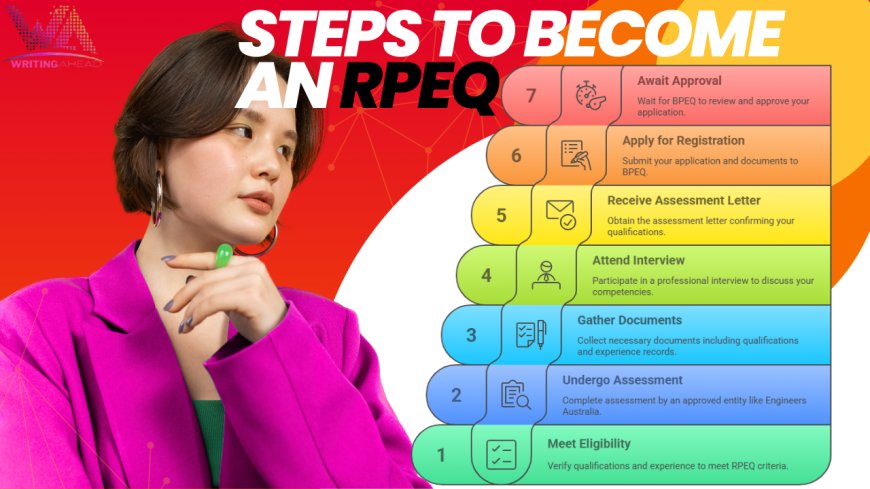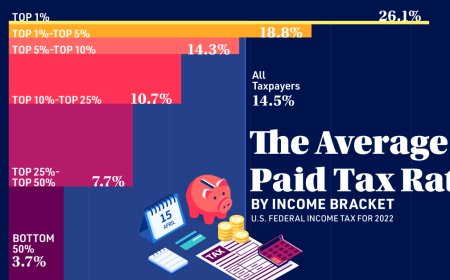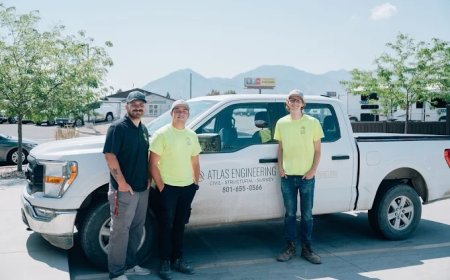Why the RPEQ Register is Essential for Professional Engineers in Queensland
If you're an engineer working in Queensland or planning to move there, one term you’ll hear often is RPEQ — short for Registered Professional Engineer of Queensland .

If you're an engineer working in Queensland or planning to move there, one term youll hear often is RPEQ short for Registered Professional Engineer of Queensland .
When I first moved to Brisbane from Melbourne, I thought my engineering license would just transfer over like it does in some other professions. But I quickly learned that Queensland has its own system, and if I wanted to stamp engineering designs or take legal responsibility for engineering work, I had to be on the RPEQ Register .
At first, it felt like another layer of bureaucracy more paperwork, more fees, more waiting. But after going through the process myself, I realized how important the RPEQ Register really is not just for regulation, but for protecting public safety and building trust in our profession.
Let me walk you through what I learned, why being a RPEQ Engineer matters, and how the RPEQ Register plays a vital role in engineering practice in Queensland.
What Exactly Is the RPEQ Register?
The RPEQ Register is a list of all engineers who are legally allowed to perform "controlled engineering activities" in Queensland.
Its maintained by Engineers Australia , under the authority of the Professional Engineers Act 2002 (Qld) .
In simple terms, if youre doing any engineering work that affects public safety like designing buildings, bridges, roads, or water systems and you want to officially sign off on that work, you need to be listed on the RPEQ Register .
Think of it like being a licensed doctor or lawyer you can still work in the field, but you cant make final decisions or approve certain tasks unless you have that official recognition.
Why Becoming a RPEQ Engineer Matters
Heres where things got real for me.
I had just joined a mid-sized engineering firm in Brisbane when I was asked to review a structural design for a new community center. I did the analysis, gave feedback, and was ready to sign off on the report until my boss gently stopped me.
You cant stamp this, he said. Youre not on the RPEQ Register yet.
That moment hit hard. I realized that even though I had years of experience and was already a chartered member of Engineers Australia, none of that mattered in Queensland unless I went through the RPEQ process.
So I started digging into what it meant to be a RPEQ Engineer and why it actually makes sense.
1. Legal Authority to Approve Engineering Work
Being a RPEQ Engineer gives you the legal right to approve engineering designs that affect public safety. Without it, you cant stamp drawings or take responsibility for engineering decisions which limits your role in many projects.
2. Increased Responsibility and Trust
Clients, employers, and government agencies trust engineers who are on the RPEQ Register because they know those engineers meet strict standards. It shows professionalism, accountability, and competence.
3. Career Growth Opportunities
Once I became a RPEQ Engineer , I noticed a shift. I was being asked to lead projects, sit in on client meetings, and mentor junior engineers. Being registered opened doors to roles with more influence and decision-making power.
4. Compliance with Queensland Law
This one is non-negotiable. In Queensland, if you sign off on engineering work without being registered as a RPEQ Engineer , its illegal. You could face fines, lose your job, or even be banned from practicing engineering in the state.
How to Get Listed on the RPEQ Register
The process wasnt as scary as I thought and honestly, it made me feel proud of how far Id come in my career.
Heres how I did it:
Step 1: Check Eligibility
Before applying, I checked whether I met the requirements:
- A degree in engineering from a recognized institution
- At least four years of relevant post-graduation experience
- Membership with Engineers Australia at Chartered level or equivalent
- Demonstrated competency in the area of engineering I wanted to register in
Since I was already Chartered with Engineers Australia, most of the groundwork was done.
Step 2: Choose Your Area of Practice
You dont get a general RPEQ registration you must specify your area of practice , such as:
- Structural engineering
- Civil engineering
- Mechanical engineering
- Electrical engineering
- Environmental engineering
I chose structural engineering since that aligned with most of my recent work.
Step 3: Prepare Supporting Documents
I gathered:
- Academic transcripts
- Proof of work experience
- Evidence of professional development
- References from senior engineers
- My Engineers Australia Chartered certificate
This part took time, especially tracking down old employment records, but it was worth it.
Step 4: Submit Your Application
I filled out the online form on the Engineers Australia RPEQ portal , uploaded my documents, and paid the application fee (around $650 AUD at the time).
Then came the waiting game.
Step 5: Wait for Approval
It took about 68 weeks for my name to appear on the RPEQ Register . During that time, I kept working under supervision and stayed available for follow-up questions.
When I finally saw my name listed online, I felt a real sense of accomplishment.
Real-Life Impact of the RPEQ Register
Now that Im a RPEQ Engineer , I see how the RPEQ Register benefits not just professionals like me, but also the public and the construction industry as a whole.
? Public Safety First
Queensland takes engineering seriously and rightly so. Bridges, high-rise buildings, dams, and transport systems all require expert oversight. The RPEQ Register ensures only qualified, accountable engineers are signing off on these critical structures.
?? Industry Standards Are Higher
With the RPEQ system in place, companies know they can rely on registered engineers to meet national and international best practices. This raises the bar across the entire industry.
? Encourages Lifelong Learning
To stay on the RPEQ Register , you must keep up with continuing professional development (CPD). This pushes engineers to stay current, learn new techniques, and grow professionally.
? Protects Ethical Practices
Being a RPEQ Engineer means agreeing to a code of ethics. If you violate that code, you can be removed from the register. That adds a layer of integrity and accountability that protects both clients and the profession.
Tips for Getting Started
Based on my own journey, here are a few tips that might help you:
? Start Early
Dont wait until youre handed a project that needs a RPEQ stamp. Begin the process early it takes time, but its worth it.
? Use Existing Credentials
If youre already Chartered with Engineers Australia, youve already done half the work. Use that as your foundation.
? Ask for Help
Reach out to colleagues who are already on the RPEQ Register . They can guide you through the process and help you prepare your application.
? Keep Records Organized
Save copies of all your education certificates, CPD records, and employment references. Having them handy will save you stress later.
? Be Honest
Never exaggerate your experience. The RPEQ process is about proving your capability not faking it.
Final Thoughts
Becoming a RPEQ Engineer changed the way I viewed my career.
At first, I saw it as just another requirement something I needed to check off to keep working. But now, I see it as a badge of honor. It proves Ive met high standards, taken responsibility for my work, and committed to ethical, safe engineering practices.
If you're an engineer in Queensland or planning to move there, getting on the RPEQ Register isnt just a legal necessity its a step toward greater respect, opportunity, and impact.
So yes, the RPEQ Register is essential.
And if youre serious about your engineering career in Queensland, theres no better time to start the process than now.






































